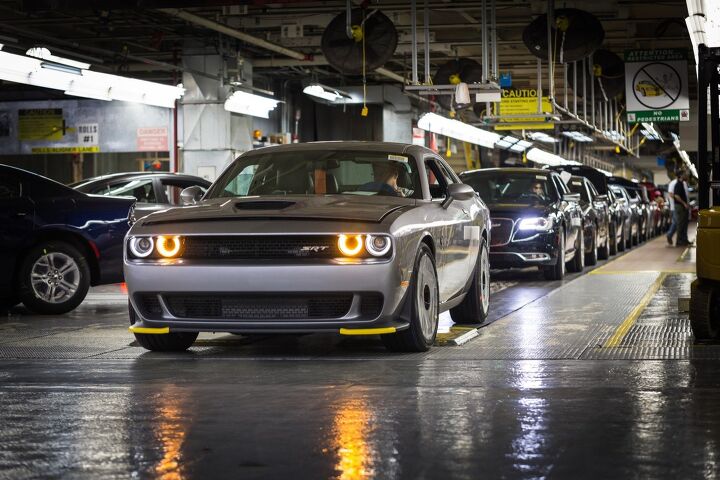#AutoSector
Chinese Auto Market Not As Hot As Everyone Thought
China might not be the kind of market everyone thought it was — one without a ceiling, boasting unlimited potential for growth. One by one, automakers find themselves having to confront economic reality.
Despite amassing a network of factories that could theoretically outproduce the rest of the world, the Asian country’s automotive sector only operates at about half its total capacity. That’s disconcerting. Even Europe, site of some serious industrial headwinds of its own, manages to operate around 70 percent capacity.
While the reasons for China’s woes are ludicrously complicated, one of the most pressing issues is that its economy is slowing much earlier than anticipated. Automakers, both foreign and domestic, almost universally believed that The People’s Republic would surpass the United States as the world’s largest automotive market — and they were right. But investments kept pouring in, factories were built, and the market started to cool prematurely. The situation only grew worse as incentives dried up and people began buying fewer cars; now, 2019 is shaping up to be a very bad year for the nation’s automotive sector.
Rocked by GM's Plant Cull, Ontario Seeks to Shore Up Its Auto Sector
General Motors’ decision to stop the flow of product to Ontario’s Oshawa Assembly plant by the end of 2019 has the province’s government promising cash and a slew of measures to keep the auto industry alive north of the border.
Ontario holds the bulk of Canada’s auto-related manufacturing jobs, with the sector adding up to nearly one-fifth of the province’s manufacturing GDP. Vehicles and parts made up 28 percent of its trade exports in 2015. On Thursday, the Ontario government rolled out the first phase of a 10-year plan to firm up the industry and make automakers reconsider Mexican investment.

















Recent Comments